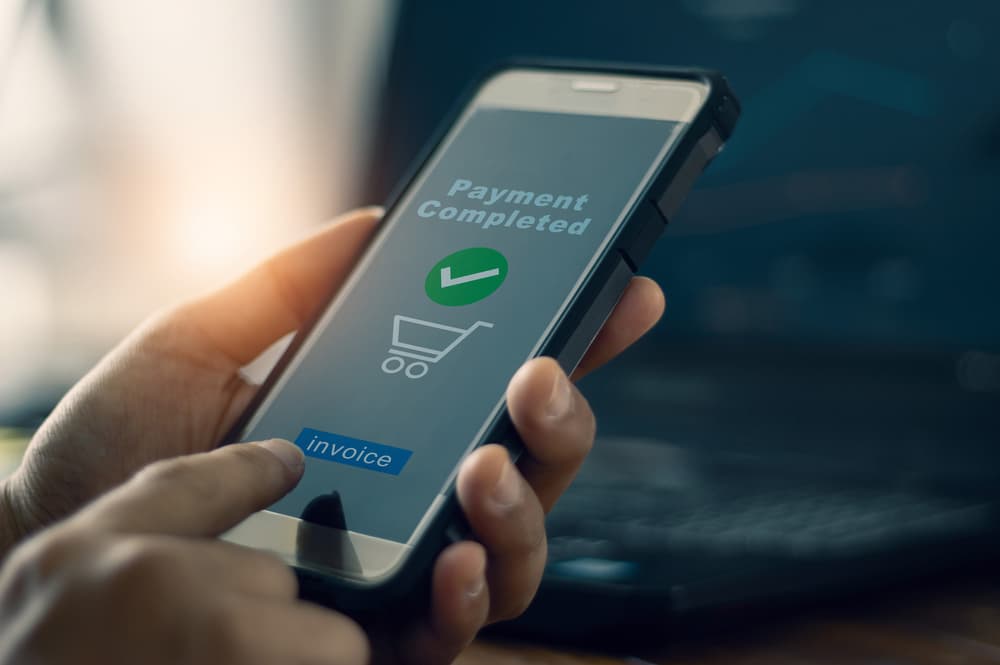Following the growth of eCommerce over the past year, consumers in different regions utilize various avenues to conduct online purchases. As a result, mobile devices are now increasingly becoming the go-to platform for online shopping.
According to data acquired by Finbold, Nigeria and South Korea top globally among countries that made online purchases via mobile devices, with both accounting for 65% of all eCommerce transactions as of April 2021. China ranks third, tied with Indonesia, representing 64%. Among the top ten countries, Asia is dominating, accounting for 80% of the entrants.
In North America, Mexico tops with 53% of all eCommerce transactions going through mobile devices, ranking 16th overall. The United States ranks second from the region and 35th overall, with a score of 29%.
Elsewhere, free delivery is driving the reason for online purchases at 52.6%, followed by coupons and discounts at 40.3%. Furthermore, quick and easy check out is motivating 29.6% of online shoppers to buy a product.
Mobile commerce main drivers
Asia’s dominance on the list reflects the magnitude of mobile devices and internet penetration in the region. This has resulted in an increasing number of mobile shoppers. With the demand, retailers invest in mobile shopping applications and mobile-friendly websites as consumers expect more simplicity and convenience.
Furthermore, smartphones’ ability to host more data storage space, unlimited data plans, ease of use, and consumer confidence with data protection are driving mobile commerce. Notably, a common issue that cuts across shopping through mobile devices is trust.
Developers are increasingly investing in systems that guarantee shoppers of their safety online. Trust arises considering that mobile devices have been the focus of the digital shift, hosting personal information like bank accounts.
There is also a new genre of eCommerce that is explicitly occurring on mobile devices. This capability helps consumers manage their time better instead of logging into a desktop computer, which can be inconvenient. Additionally, mobile devices offer an avenue for performing other commerce-related activities like making payments, researching products, and customer inquiries.
In general, mobile commerce and eCommerce received a major boost due to the coronavirus pandemic. As countries imposed lockdowns, more people stayed at home and turned to online shopping for essential goods. However, before the pandemic, online transactions through mobile devices were already soaring.
Amid the pandemic, most people turned to digital platforms for entertainment, including social media platforms. As a result, most retailers potentially attracted customers through social networking sites emerging as a key facilitator of eCommerce as they offer an unprecedented volume of selling opportunities.
Demand for flexible payments
With the demand for mobile commerce, retailers have been compelled to offer various digital payment methods. In this line, demand for flexible payment services has gained prominence in the sector.
Shoppers are now moving away from the traditional credit cards for payments with the emergence of the Buy Now, Pay Later applications (also known as BNPL apps). Incorporating this flexible payment method led to an upsurge of apps in the service banking on eCommerce growth.
The role of mobile devices in online transactions will likely keep soaring. The continued penetration of smartphones and the internet remain to be the key drivers. Furthermore, retailers will potentially win over more customers as they design mobile-centered eCommerce platforms.









